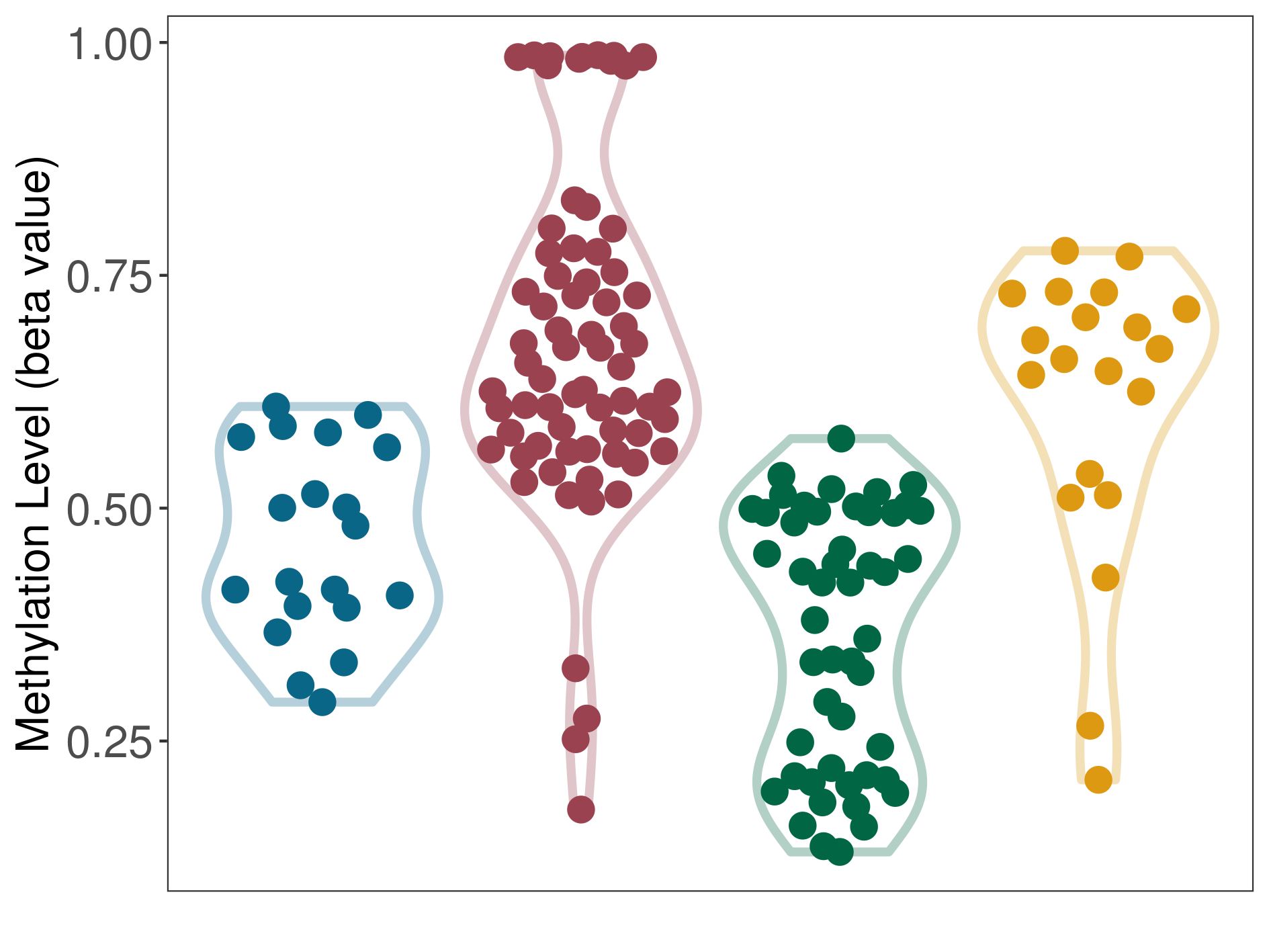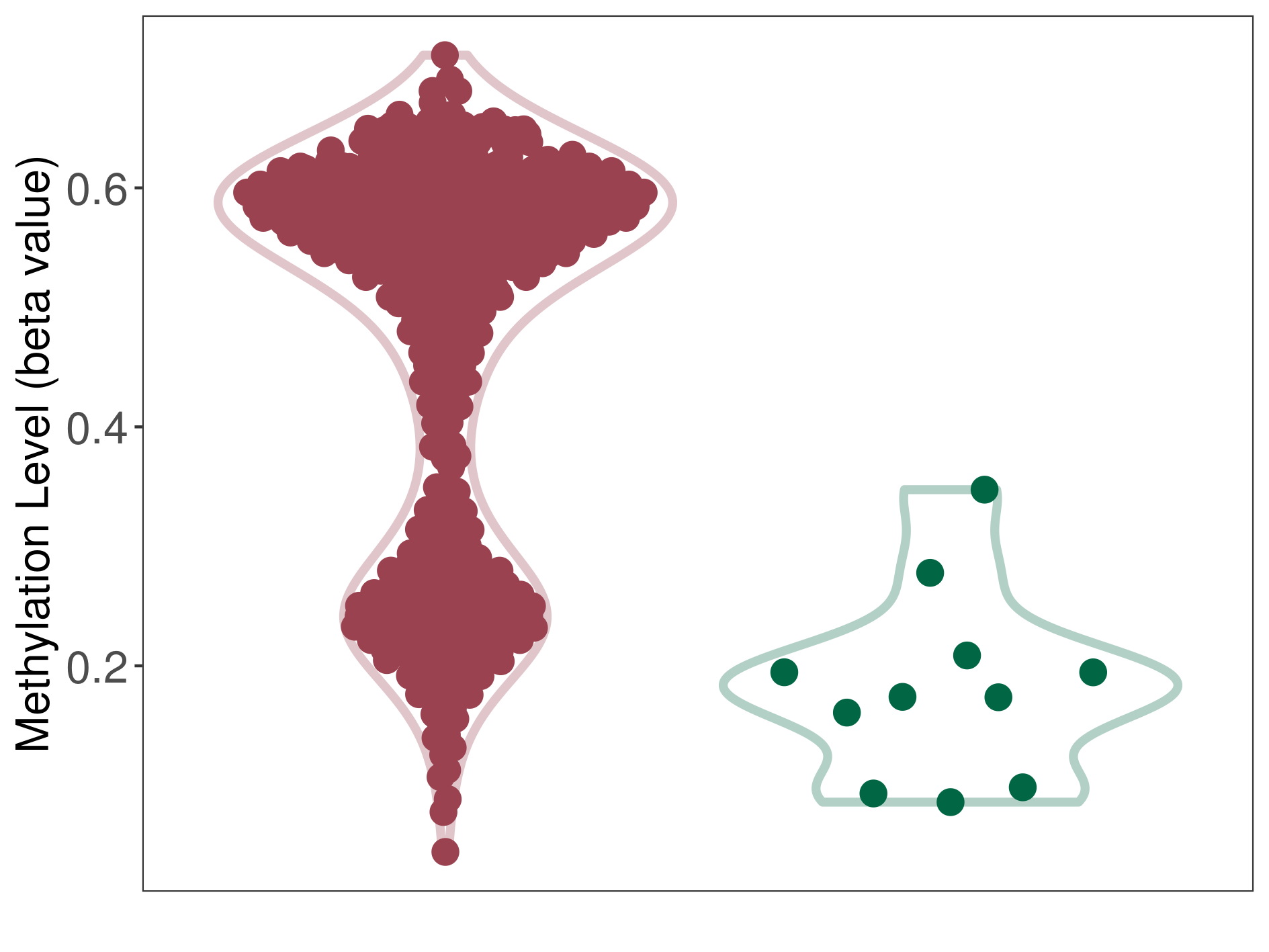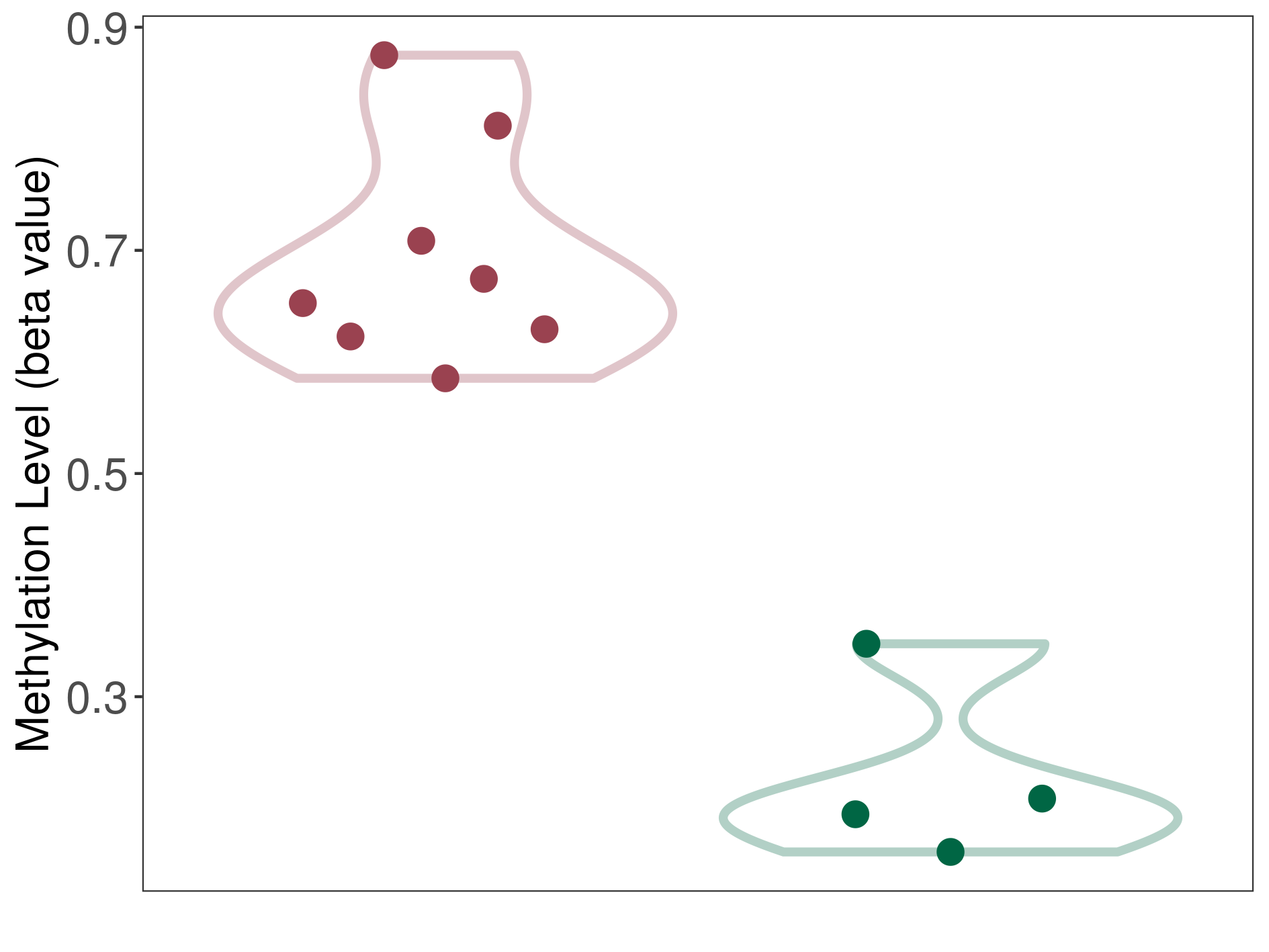Details of Host Protein-DME Interaction (HOSPPI)
| General Information of Drug-Metabolizing Enzyme (DME ID: DME0088) | |||||
|---|---|---|---|---|---|
| DME Name | Glutathione S-transferase pi (GSTP1), Homo sapiens | DME Info | |||
| UniProt ID | |||||
| EC Number | EC: 2.5.1.18 (Click to Show/Hide the Complete EC Tree) | ||||
| Lineage | Species: Homo sapiens (Click to Show/Hide the Complete Species Lineage) | ||||
| Interactome | |||||
| Disease Specific Interactions between Host Protein and DME (HOSPPI) | |||||
|---|---|---|---|---|---|
| ICD Disease Classification Healthy | |||||
| ICD-11: Healthy | Click to Show/Hide the Full List of HOSPPI: 1 HOSPPI | ||||
| Oligomerization | |||||
| GS-transferase P (GSTP1) | Health | Homodimer | |||
| Uniprot ID | |||||
| Interaction Name | GSTP1-GSTP1 homodimerization | [1] | |||
| Studied Cell Lines | Jurkat cells | ||||
| Description | Glutathione S-transferase Pi (GSTP1) is reported as a homodimer, which leads to an altered activity of the drug-metabolizing enzyme Glutathione S-transferase pi. As a result, the GSTP1 homodimerization can modulate the drug-metabolizing process of Glutathione S-transferase pi. | ||||
| ICD Disease Classification 02 Neoplasms | |||||
| ICD-11: 2A00 Brain cancer | Click to Show/Hide the Full List of HOSPPI: 2 HOSPPI | ||||
| Transcription-factor regulation | |||||
| Tumor suppressor p53 (TP53) | Glioblastoma | Activation | |||
| Uniprot ID | |||||
| Interaction Name | TP53-GSTP1 interaction | [2] | |||
| Studied Cell Lines | MGR2, MGR3, UW28, UW281, UW78 cell lines | ||||
| Ensembl ID | |||||
| Description | Tumor suppressor p53 (TP53) is reported to activate the transcription of GSTP1 gene, which leads to an increased expression of the drug-metabolizing enzyme Glutathione S-transferase pi. As a result, the interaction between TP53 and GSTP1 can activate the drug-metabolizing process of Glutathione S-transferase pi. | ||||
| Tumor suppressor p53 (TP53) | Medulloblastoma | Activation | |||
| Uniprot ID | |||||
| Interaction Name | TP53-GSTP1 interaction | [2] | |||
| Studied Cell Lines | UW228 cell line | ||||
| Ensembl ID | |||||
| Description | Tumor suppressor p53 (TP53) is reported to activate the transcription of GSTP1 gene, which leads to an increased expression of the drug-metabolizing enzyme Glutathione S-transferase pi. As a result, the interaction between TP53 and GSTP1 can activate the drug-metabolizing process of Glutathione S-transferase pi. | ||||
| ICD-11: 2B33 Acute lymphoblastic leukemia | Click to Show/Hide the Full List of HOSPPI: 2 HOSPPI | ||||
| Transcription-factor regulation | |||||
| Nuclear factor kappa-B p105 (NFKB1) | Acute lymphoblastic leukemia | Activation | |||
| Uniprot ID | |||||
| Interaction Name | NFKB1-GSTP1 interaction | [3] | |||
| Studied Cell Lines | K562 cell line | ||||
| Ensembl ID | |||||
| Description | Nuclear factor kappa-B p105 (NFKB1) is reported to activate the transcription of GSTP1 gene, which leads to an increased expression of the drug-metabolizing enzyme Glutathione S-transferase pi. As a result, the interaction between NFKB1 and GSTP1 can activate the drug-metabolizing process of Glutathione S-transferase pi. | ||||
| Transcription factor p65 (RELA) | Acute lymphoblastic leukemia | Activation | |||
| Uniprot ID | |||||
| Interaction Name | RELA-GSTP1 interaction | [3] | |||
| Studied Cell Lines | K562 cell line | ||||
| Ensembl ID | |||||
| Description | Transcription factor p65 (RELA) is reported to activate the transcription of GSTP1 gene, which leads to an increased expression of the drug-metabolizing enzyme Glutathione S-transferase pi. As a result, the interaction between RELA and GSTP1 can activate the drug-metabolizing process of Glutathione S-transferase pi. | ||||
| ICD-11: 2B58 Leiomyosarcoma | Click to Show/Hide the Full List of HOSPPI: 1 HOSPPI | ||||
| Transcription-factor regulation | |||||
| Tumor suppressor p53 (TP53) | Leiomyosarcoma | Activation | |||
| Uniprot ID | |||||
| Interaction Name | TP53-GSTP1 interaction | [2] | |||
| Studied Cell Lines | SKLMS-1 cell line | ||||
| Ensembl ID | |||||
| Description | Tumor suppressor p53 (TP53) is reported to activate the transcription of GSTP1 gene, which leads to an increased expression of the drug-metabolizing enzyme Glutathione S-transferase pi. As a result, the interaction between TP53 and GSTP1 can activate the drug-metabolizing process of Glutathione S-transferase pi. | ||||
| ICD-11: 2C12 Liver cancer | Click to Show/Hide the Full List of HOSPPI: 3 HOSPPI | ||||
| Transcription-factor regulation | |||||
| Demethylase (MBD2) | Liver cancer | Repression | |||
| Uniprot ID | |||||
| Interaction Name | MBD2-GSTP1 interaction | [4], [5], [6] | |||
| Studied Cell Lines | Hep3B cell line | ||||
| Ensembl ID | |||||
| Description | Demethylase (MBD2) is reported to repress the transcription of GSTP1 gene, which leads to a decreased expression of the drug-metabolizing enzyme Glutathione S-transferase pi. As a result, the interaction between MBD2 and GSTP1 can repress the drug-metabolizing process of Glutathione S-transferase pi. | ||||
| Histone modification | |||||
| Histone deacetylases (HDACs) | Liver cancer | Repression | |||
| Uniprot ID | |||||
| Interaction Name | HDACs-GSTP1 interaction | [7] | |||
| Studied Cell Lines | hepatocellular LCL-PI 11 cell line | ||||
| Description | Histone deacetylases (HDACs) are reported to deacetylate the GSTP1 gene and thereby repress the transcriptional activity of the drug-metabolizing enzyme Glutathione S-transferase pi. As a result, the interaction between HDACs and GSTP1 can inhibit the drug-metabolizing process of Glutathione S-transferase pi. | ||||
| DNA methylation | |||||
| DNA methyltransferase (DNMT) | Liver cancer | Moderate hypermethylation | |||
| Interaction Name | DNMT-GSTP1 interaction | ||||
| The Methylation Level of Disease Section Compare with the Healthy Individual Tissue | Moderate hypermethylation p-value: 4.88E-19; delta-beta: 2.32E-01 | ||||
| Description | DNA methyltransferase (DNMT) is reported to moderatly hyper-methylate the GSTP1 gene, which leads to a moderatly decreased expression of the drug-metabolizing enzyme Glutathione S-transferase pi. As a result, the interaction between DNMT and GSTP1 can moderatly affect the drug-metabolizing process of Glutathione S-transferase pi. | ||||
|
DME methylation in the diseased tissue of patients
DME methylation in the normal tissue adjacent to the diseased tissue of patients
DME methylation in the normal tissue of healthy individuals
DME methylation in tissue other than the diseased tissue of patients
|
|||||
| Violin Diagram of DME Disease-specific Methylation Level |

|
Click to View the Clearer Original Diagram | |||
| ICD-11: 2C25 Lung cancer | Click to Show/Hide the Full List of HOSPPI: 1 HOSPPI | ||||
| Non-coding RNA regulation | |||||
| hsa-miR-513a-3p | Lung cancer | Suppression | |||
| miRBase ID | |||||
| Interaction Name | hsa-miR-513a-3p--GSTP1 regulation | [8] | |||
| Studied Cell Lines | A549 cell line | ||||
| Description | hsa-miR-513a-3p is reported to suppress GSTP1 mRNA translation by binding to the 3' untranslated region (3'UTR) of GSTP1 mRNA, which leads to a decreased expression of the drug-metabolizing enzyme Glutathione S-transferase pi. | ||||
| ICD-11: 2C60 Breast cancer | Click to Show/Hide the Full List of HOSPPI: 2 HOSPPI | ||||
| Transcription-factor regulation | |||||
| Transcription factor Sp1 (SP1) | Breast cancer | Activation | |||
| Uniprot ID | |||||
| Interaction Name | SP1-GSTP1 interaction | [10] | |||
| Studied Cell Lines | Human mammary carcinoma cell line (MCF7) | ||||
| Ensembl ID | |||||
| Description | Transcription factor Sp1 (SP1) is reported to activate the transcription of GSTP1 gene, which leads to an increased expression of the drug-metabolizing enzyme Glutathione S-transferase pi. As a result, the interaction between SP1 and GSTP1 can activate the drug-metabolizing process of Glutathione S-transferase pi. | ||||
| Non-coding RNA regulation | |||||
| hsa-miR-133a-3p | Breast cancer | Suppression | |||
| miRBase ID | |||||
| Interaction Name | hsa-miR-133a-3p--GSTP1 regulation | [9] | |||
| Studied Cell Lines | Bladder cancer cells | ||||
| Description | hsa-miR-133a-3p is reported to suppress GSTP1 mRNA translation by binding to the 3' untranslated region (3'UTR) of GSTP1 mRNA, which leads to a decreased expression of the drug-metabolizing enzyme Glutathione S-transferase pi. | ||||
| ICD-11: 2C73 Ovarian cancer | Click to Show/Hide the Full List of HOSPPI: 1 HOSPPI | ||||
| Non-coding RNA regulation | |||||
| hsa-miR-133b | Ovarian cancer | Suppression | |||
| miRBase ID | |||||
| Interaction Name | hsa-miR-133b--GSTP1 regulation | [11] | |||
| Studied Cell Lines | A2780 cell line | ||||
| Description | hsa-miR-133b is reported to suppress GSTP1 mRNA translation by binding to the 3' untranslated region (3'UTR) of GSTP1 mRNA, which leads to a decreased expression of the drug-metabolizing enzyme Glutathione S-transferase pi. | ||||
| ICD-11: 2C82 Prostate cancer | Click to Show/Hide the Full List of HOSPPI: 1 HOSPPI | ||||
| DNA methylation | |||||
| DNA methyltransferase (DNMT) | Prostate cancer | Significant hypermethylation | |||
| Interaction Name | DNMT-GSTP1 interaction | ||||
| The Methylation Level of Disease Section Compare with the Healthy Individual Tissue | Significant hypermethylation p-value: 7.67E-08; delta-beta: 3.75E-01 | ||||
| Description | DNA methyltransferase (DNMT) is reported to significantly hyper-methylate the GSTP1 gene, which leads to a significantly decreased expression of the drug-metabolizing enzyme Glutathione S-transferase pi. As a result, the interaction between DNMT and GSTP1 can significantly affect the drug-metabolizing process of Glutathione S-transferase pi. | ||||
|
DME methylation in the diseased tissue of patients
DME methylation in the normal tissue of healthy individuals
|
|||||
| Violin Diagram of DME Disease-specific Methylation Level |

|
Click to View the Clearer Original Diagram | |||
| ICD-11: 2E06 Prostate cancer metastasis | Click to Show/Hide the Full List of HOSPPI: 1 HOSPPI | ||||
| DNA methylation | |||||
| DNA methyltransferase (DNMT) | Prostate cancer metastasis | Significant hypermethylation | |||
| Interaction Name | DNMT-GSTP1 interaction | ||||
| The Methylation Level of Disease Section Compare with the Healthy Individual Tissue | Significant hypermethylation p-value: 4.22E-05; delta-beta: 4.62E-01 | ||||
| Description | DNA methyltransferase (DNMT) is reported to significantly hyper-methylate the GSTP1 gene, which leads to a significantly decreased expression of the drug-metabolizing enzyme Glutathione S-transferase pi. As a result, the interaction between DNMT and GSTP1 can significantly affect the drug-metabolizing process of Glutathione S-transferase pi. | ||||
|
DME methylation in the diseased tissue of patients
DME methylation in the normal tissue of healthy individuals
|
|||||
| Violin Diagram of DME Disease-specific Methylation Level |

|
Click to View the Clearer Original Diagram | |||
If you find any error in data or bug in web service, please kindly report it to Dr. Yin and Dr. Li.

